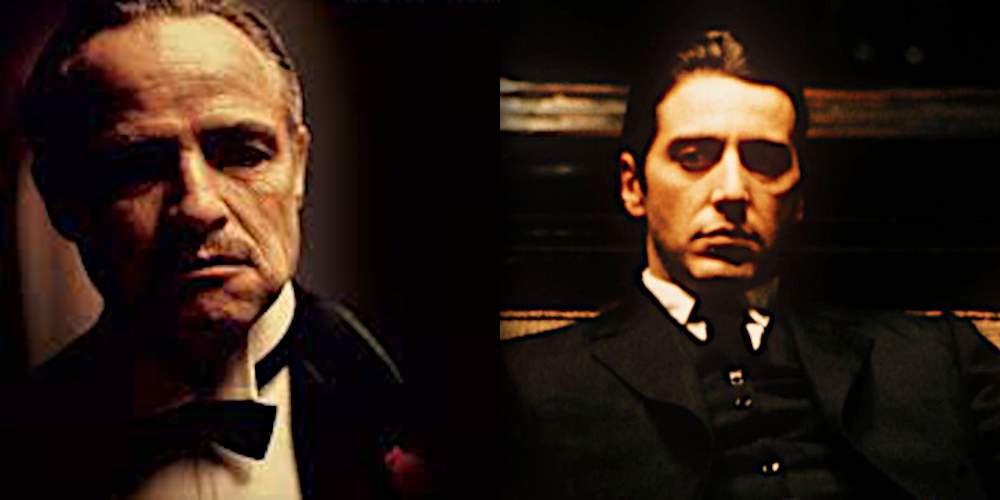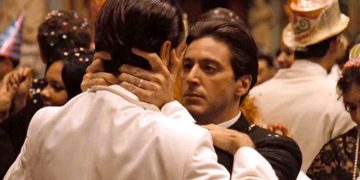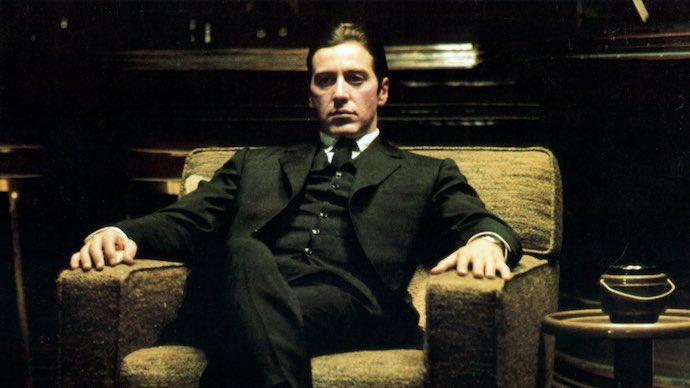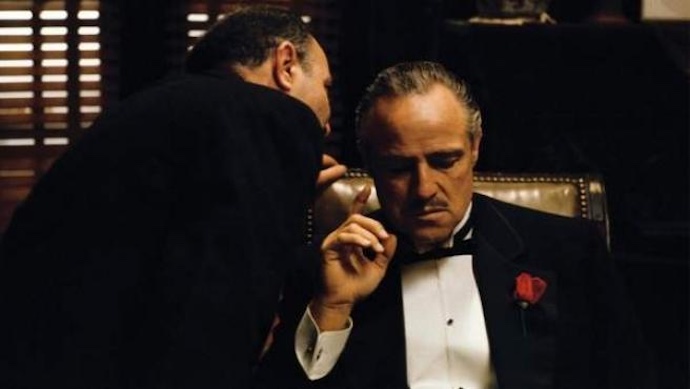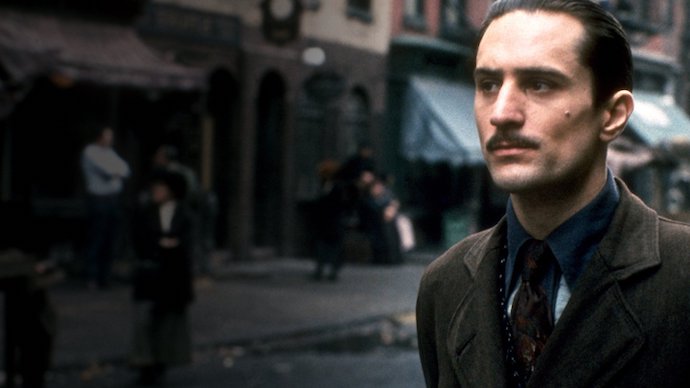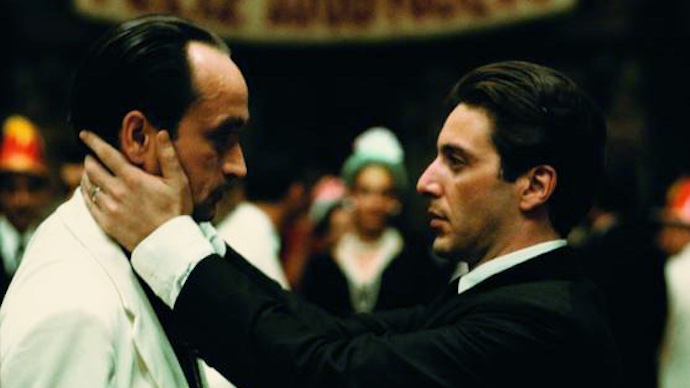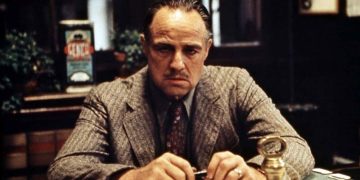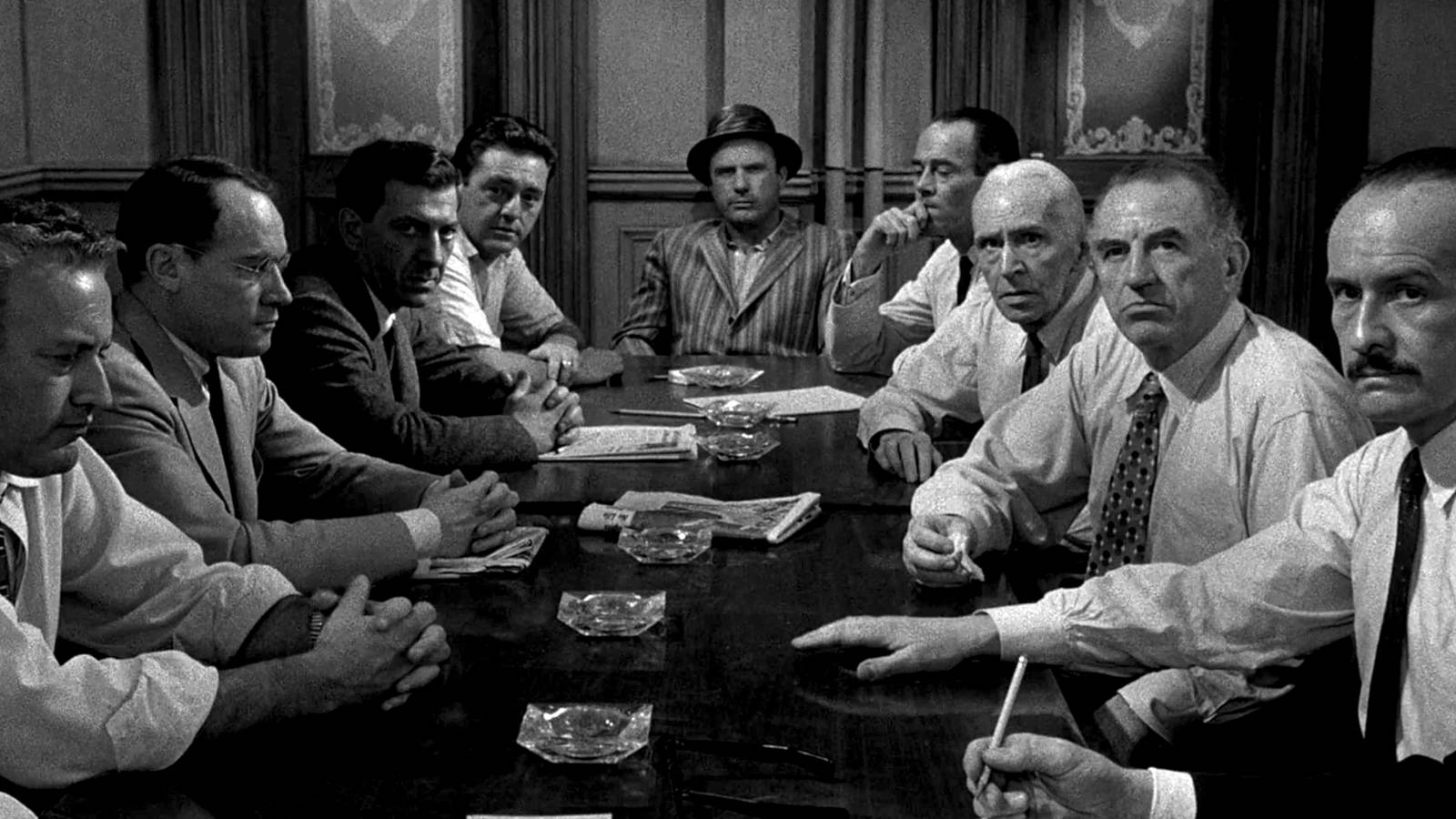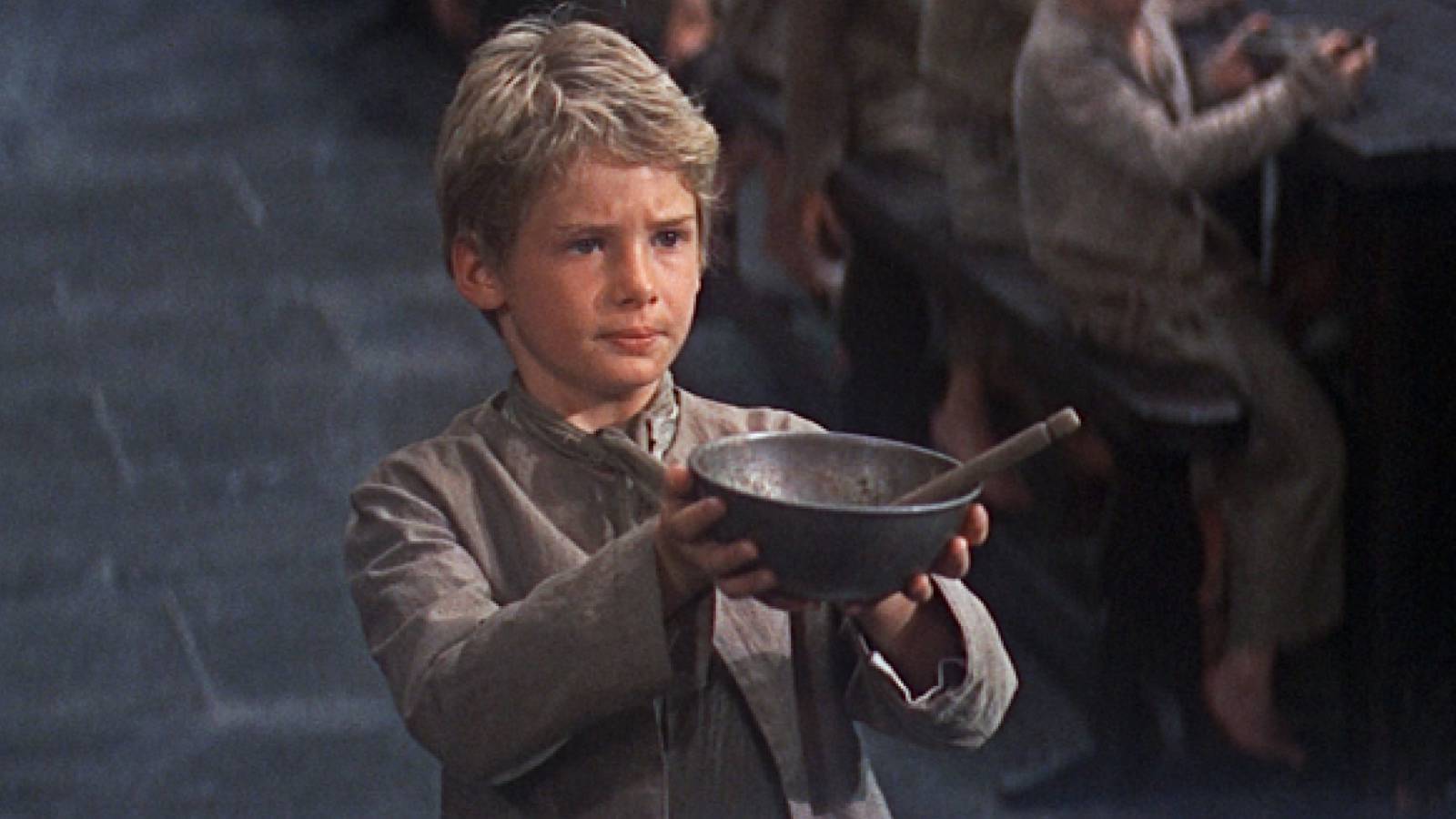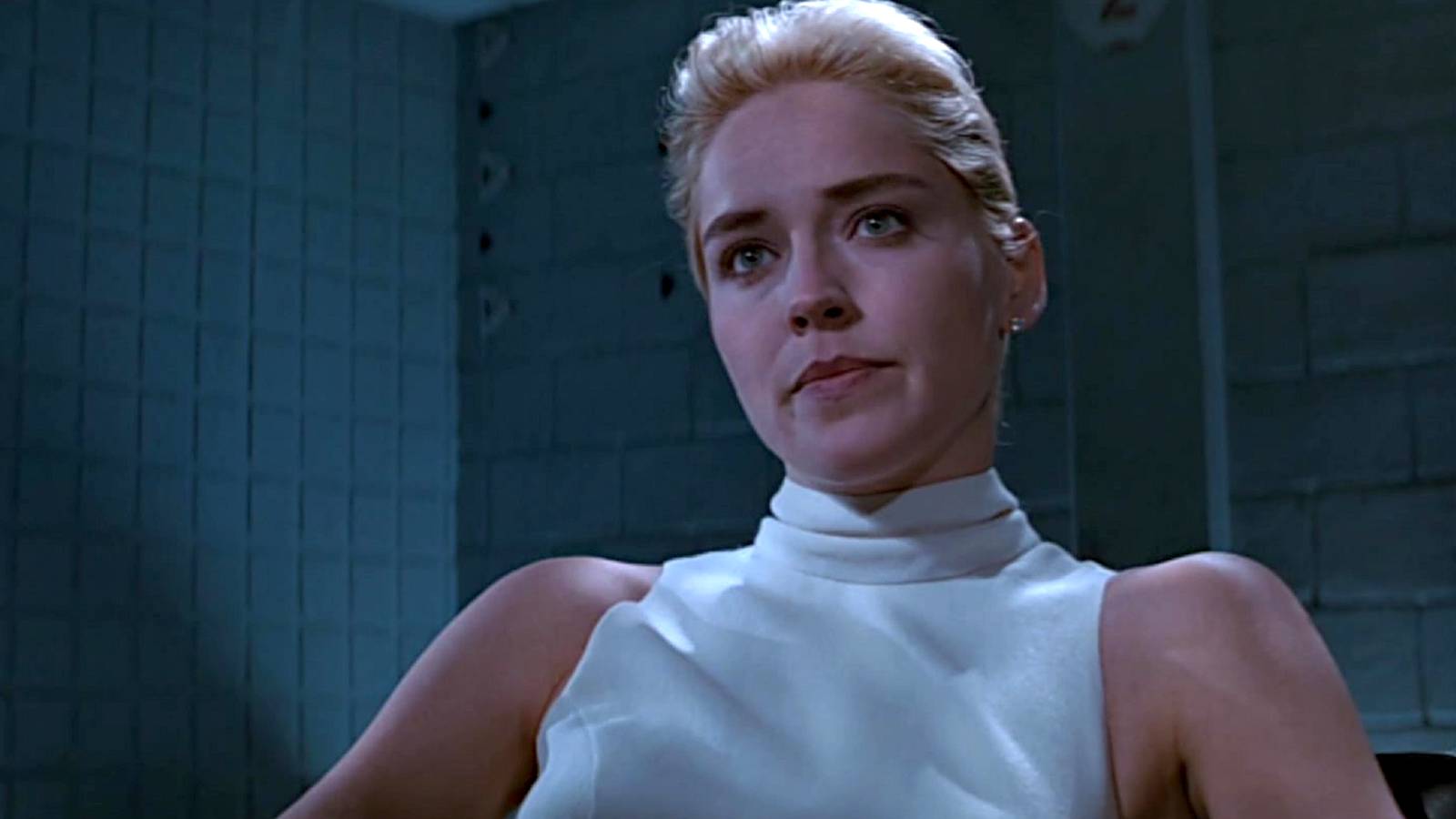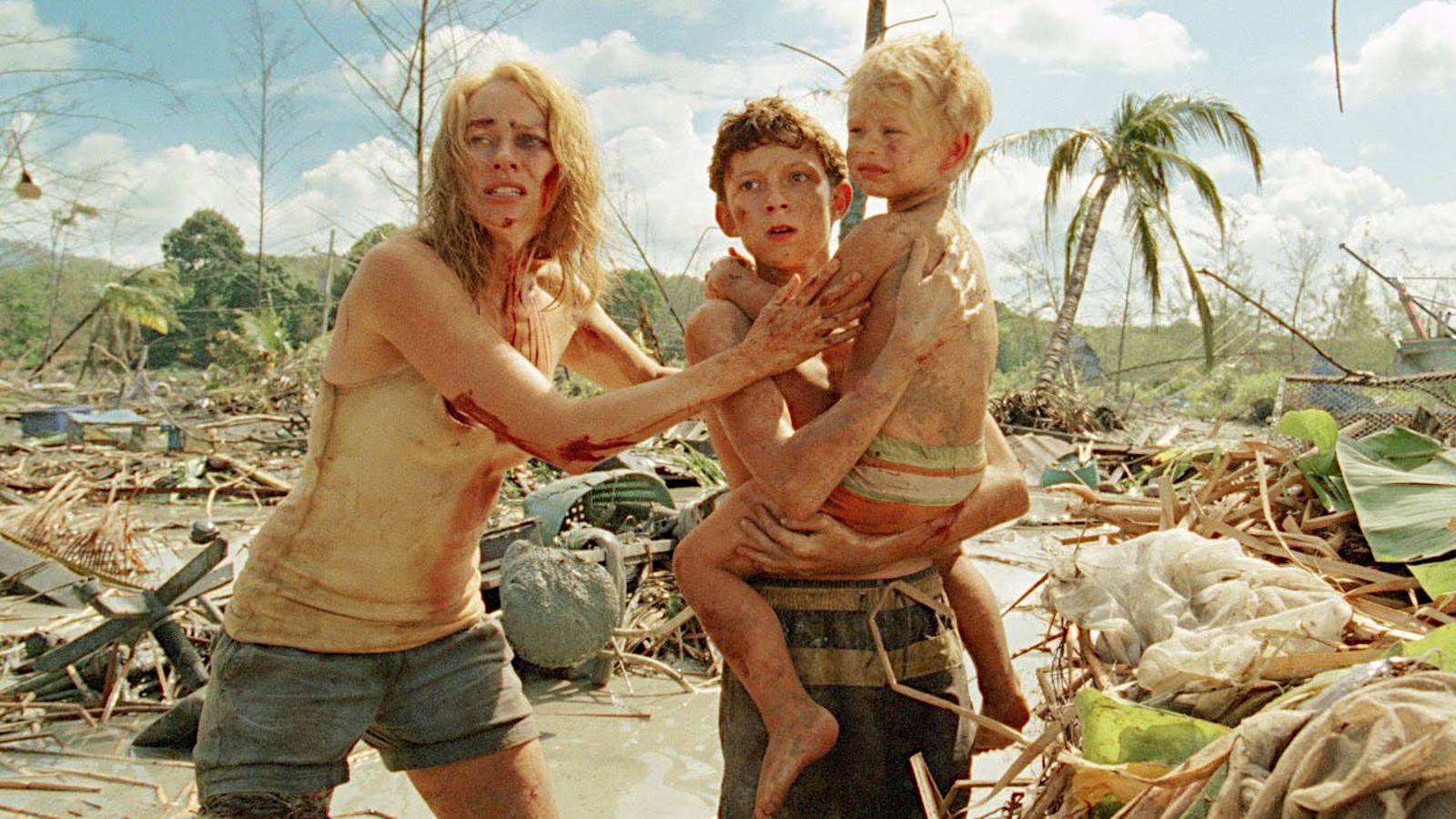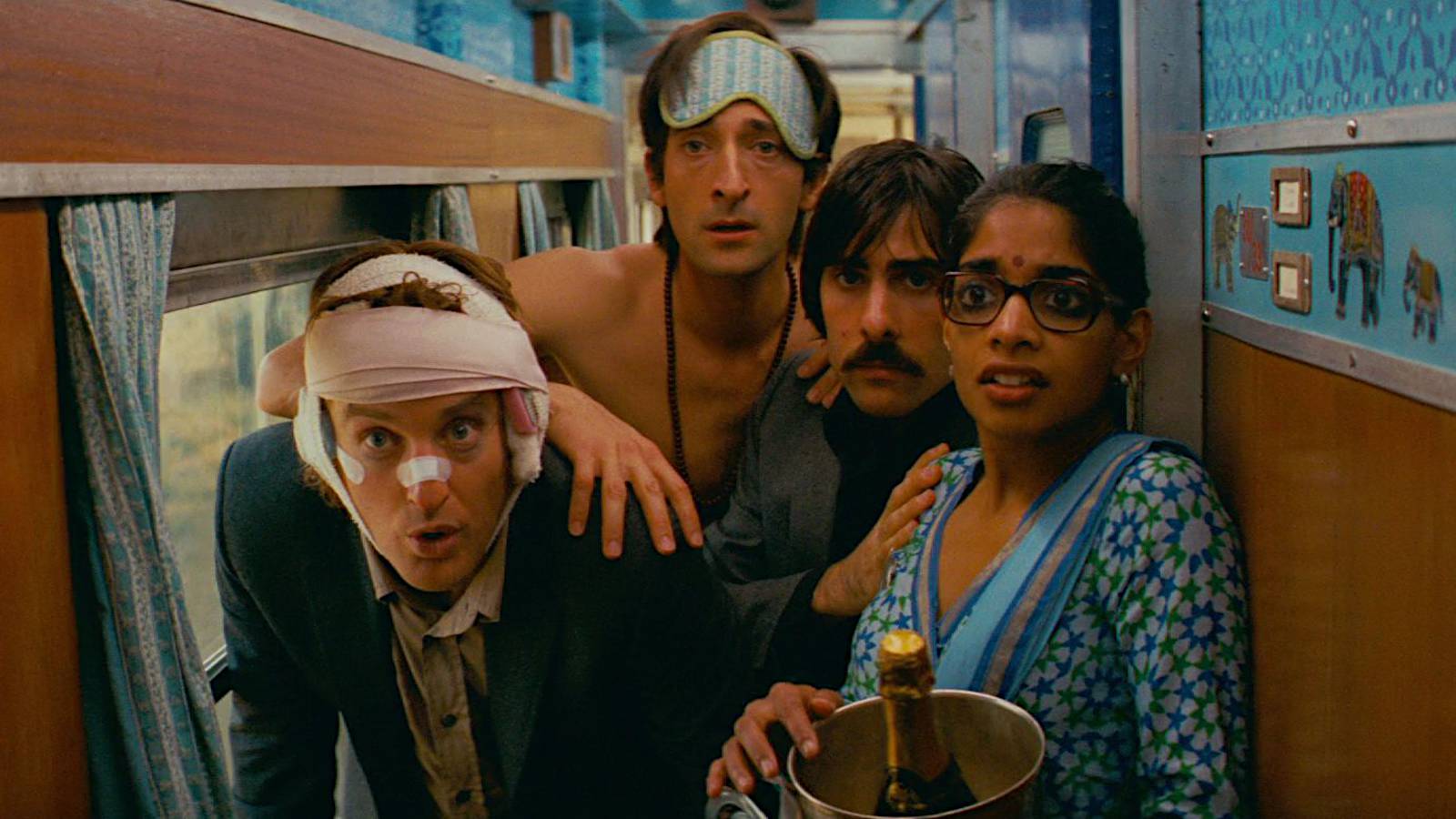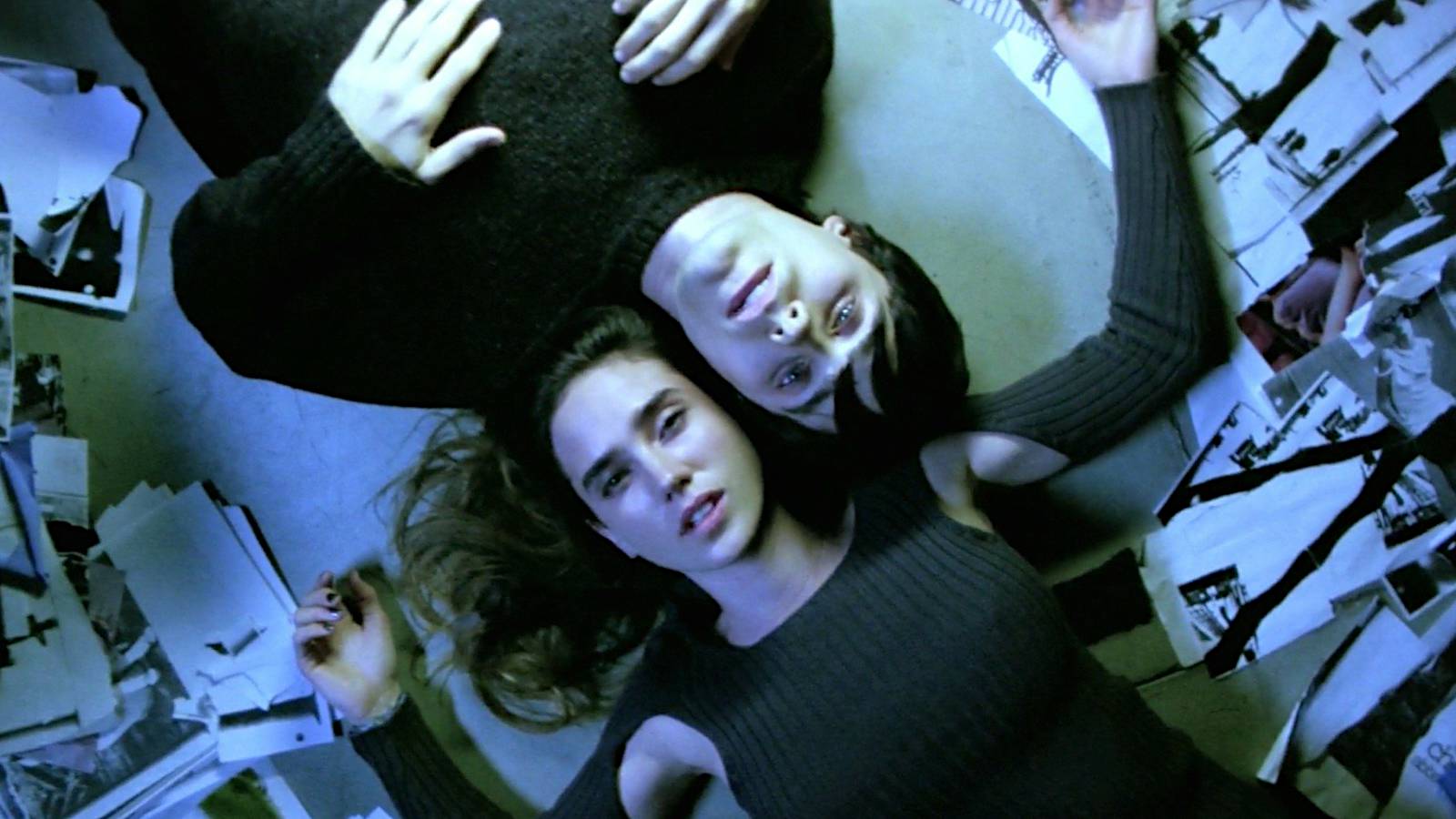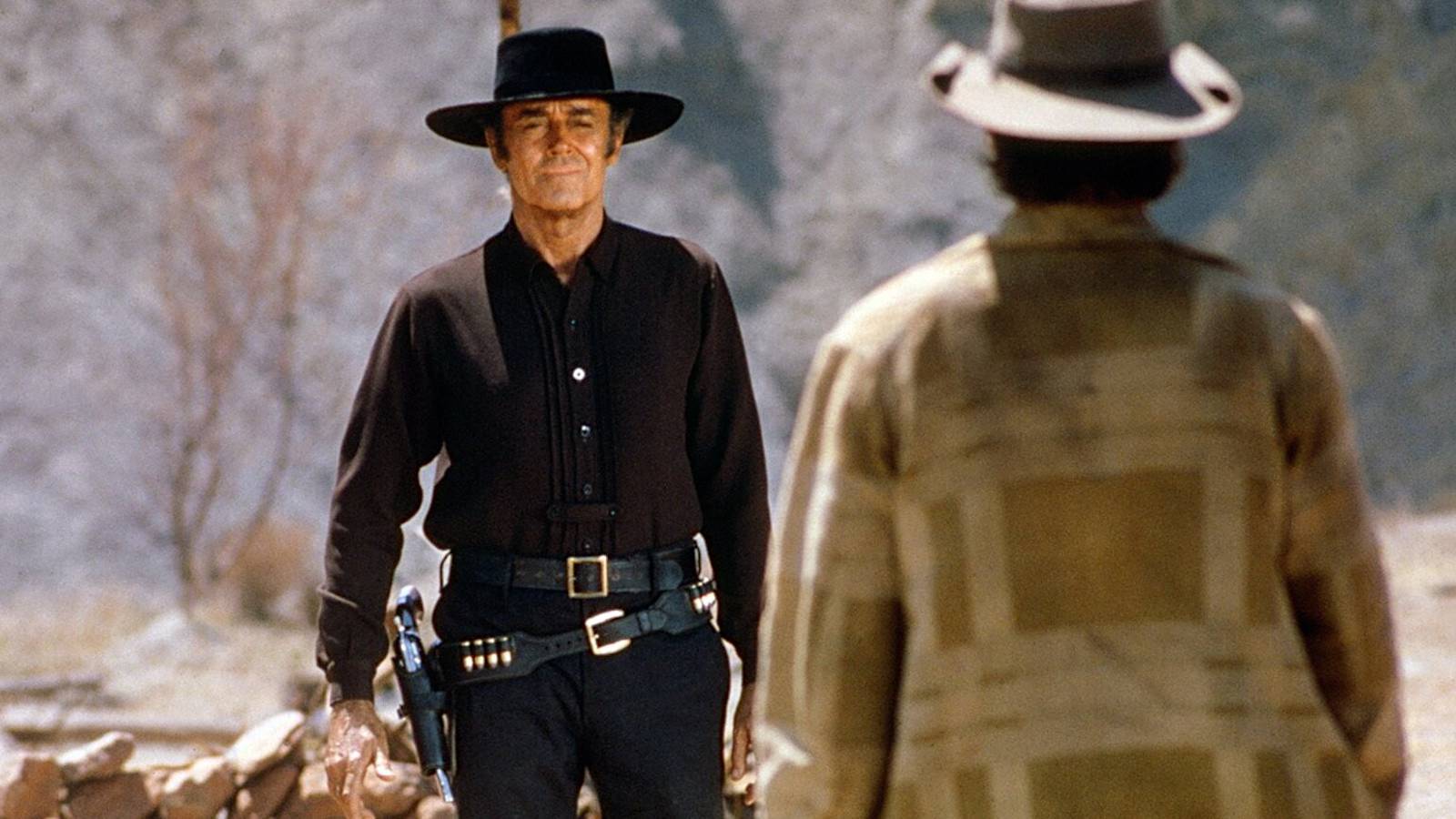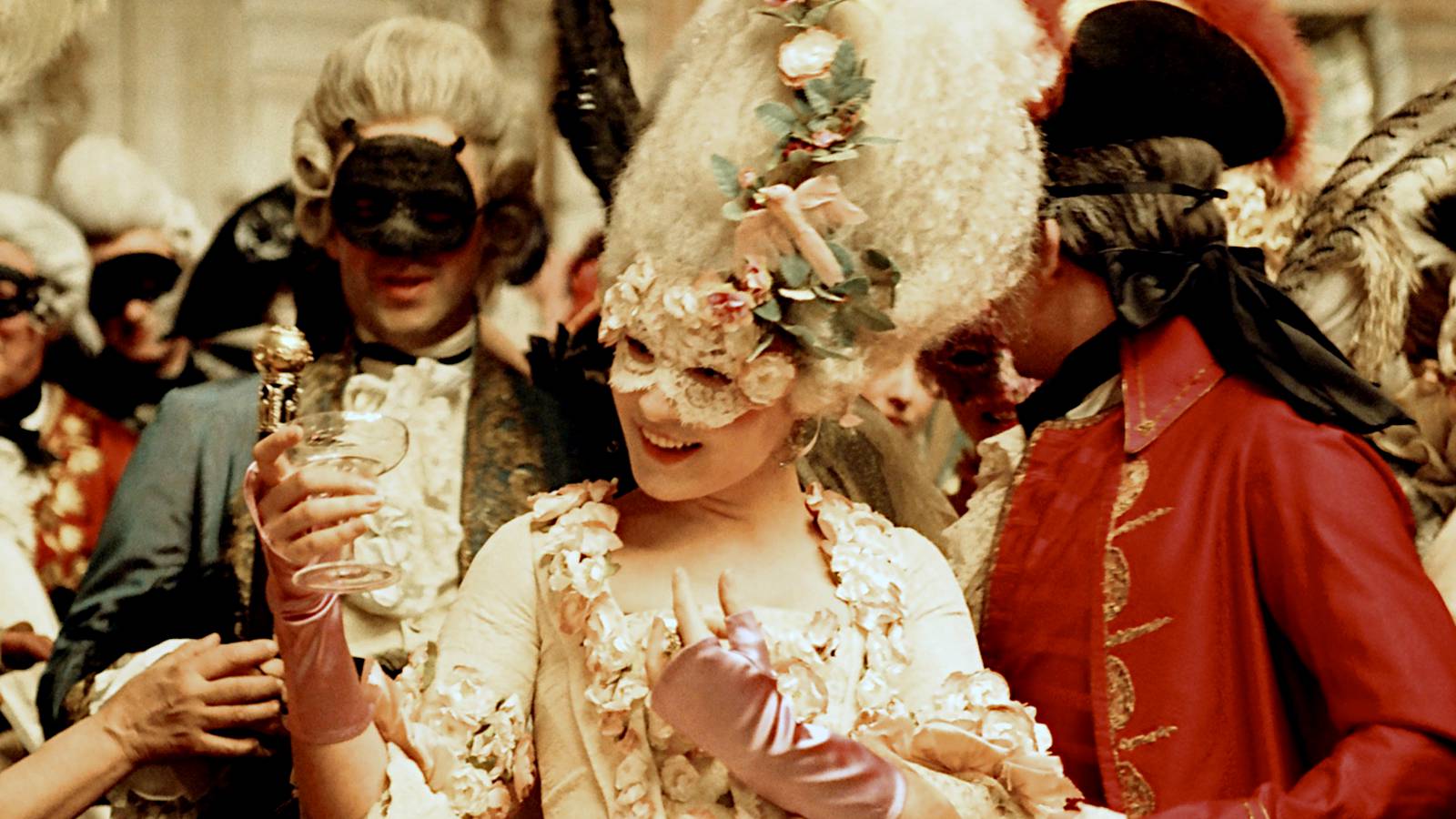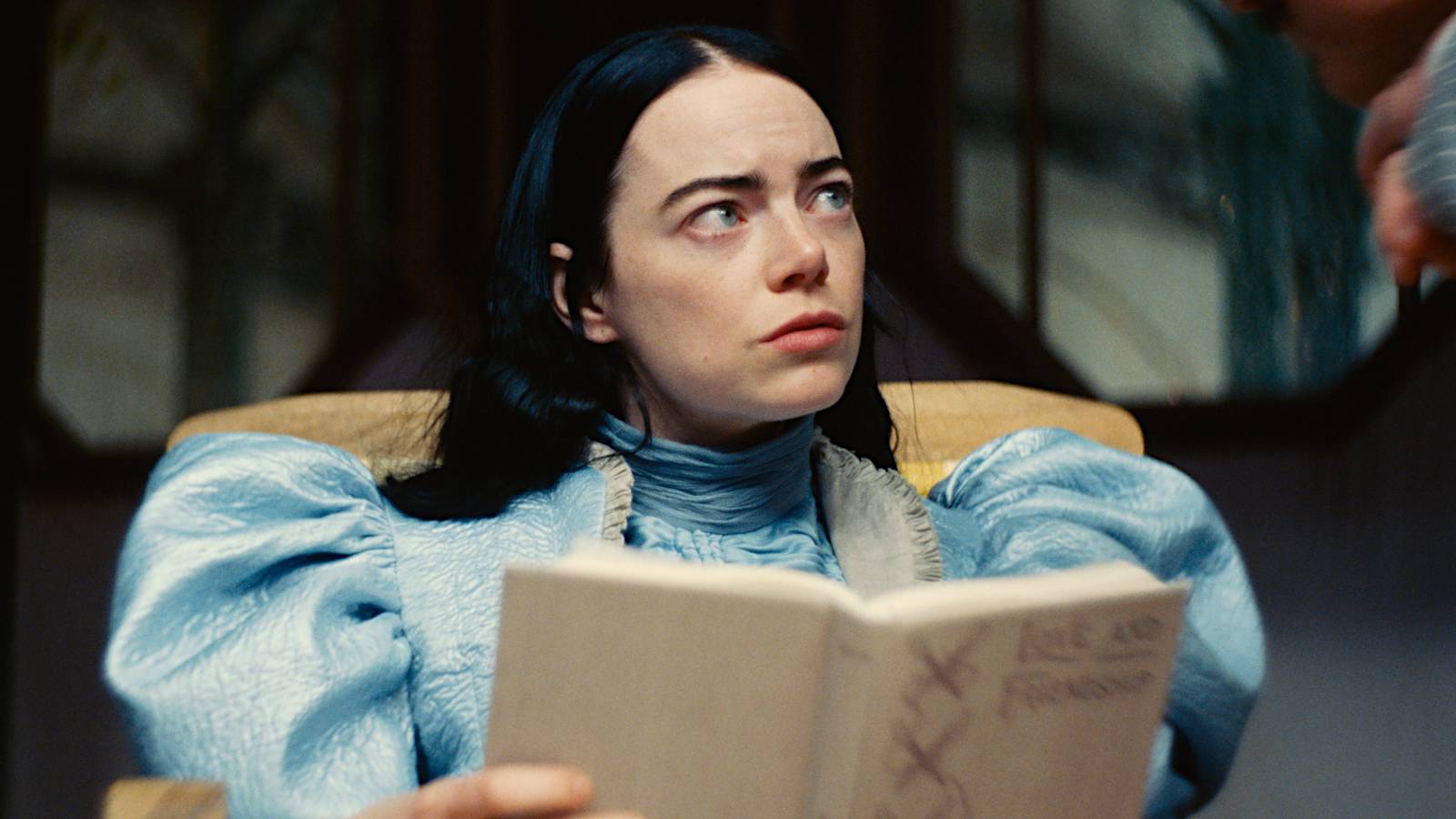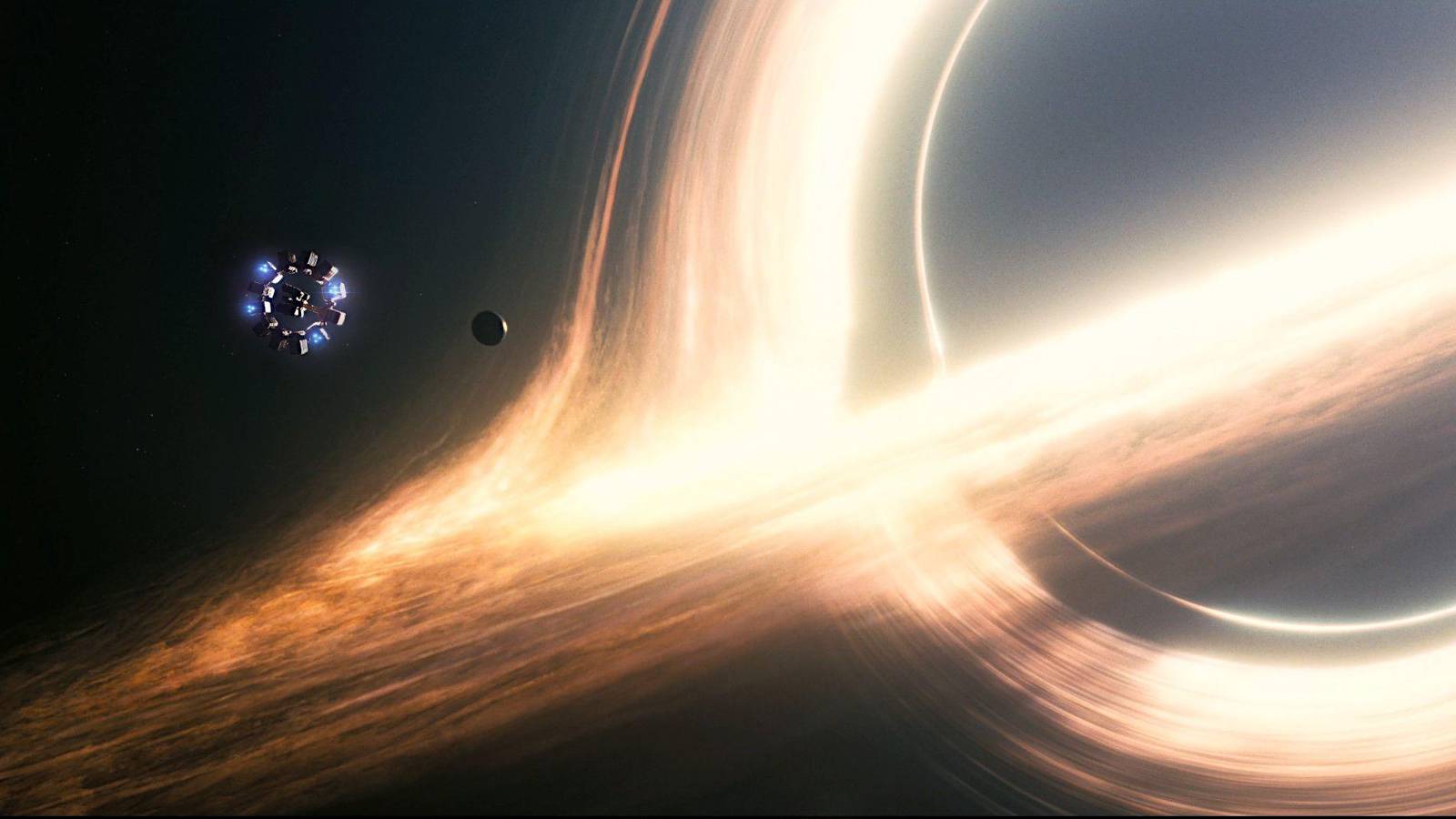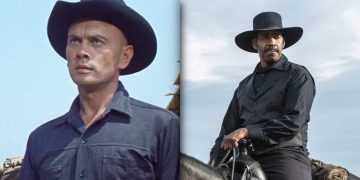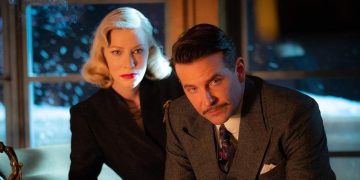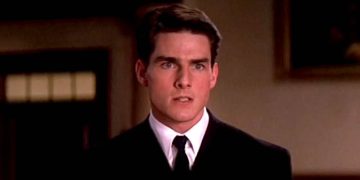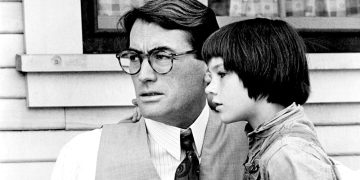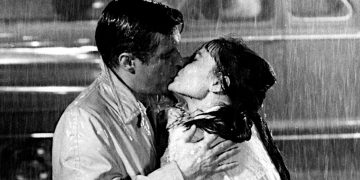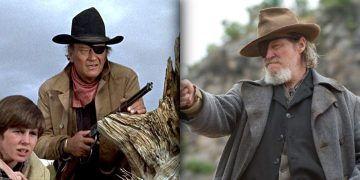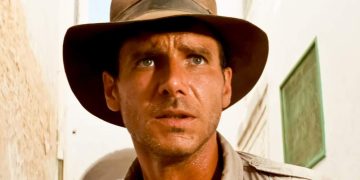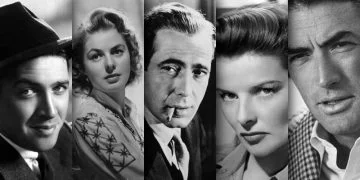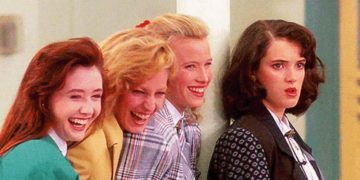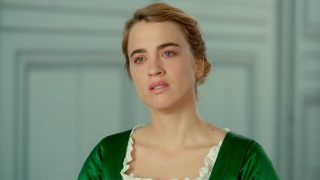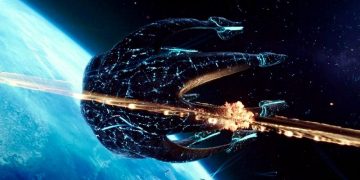The Godfather Part 1 vs. Part 2: Direction
Francis Ford Coppola’s films are unique in their tonal balance and scope. Yet between his first twoGodfatherfilms, Coppola’s approach to direction changed quite dramatically—a bit unusual considering the two movies released within two years of one another.
The Godfatherconveys the importance of family over business. Vito Corleone’s refusal to involve himself in the drugs and narcotics market comes with swift revenge against him from the other Dons.
Coppola’s execution provides an intricate insight into the dynamics of the Corleone family, as each of them plays their role in the war that follows the failed attempt on Vito’s life.
The Godfather Part 2switches up the original’s theme and brings across Michael’s cunning when he chooses business over family.
The movie’s final act sees Michael ordering the death of his traitorous brother Fredo, mere weeks after the passing of their beloved mother. It’s an outstanding moment as Michael completes his arc as a scheming mafia Don, and Coppola takes us there with perfect execution.
For a director who was given tight restrictions on the first film, then allowed total creative freedom on the second film, his delicate eye remains strong through both installments.
However, Coppola’s mark is better felt in the second film than on the first because of that freedom.Part 2is simply more complex.
The Godfather Part 1 vs. Part 2: Performances
Here’s another age-old question that fans love to debate: who gives the better performance, Marlon Brando inThe Godfatheror Al Pacino inThe Godfather Part 2? Of course, the answer is ultimately subjective. Both actors give towering portrayals of their characters.
When judging the two films, it really comes down to the supporting characters and their performances.
InThe Godfather, Al Pacino, James Caan, Talia Shire, Robert Duvall, John Cazale, and Diane Keaton lend a deep emotional core to the film—one that helps us see the heart of the Corleone family.
The Godfather Part 2is deeper and more expansive with its supporting cast. Robert De Niro comes in and portrays young Vito Corleone, a performance that won him his first Academy Award.
In the end, the single standout performance remains Marlon Brando, but when you look at all the performances as a whole,The Godfather Part 2steals it with De Niro’s Vito and Lee Strasberg’s Hyman Roth.
The Godfather Part 1 vs. Part 2: Narrative Structure
The Godfatherplays out as a linear story, with the Corleone family dealing with the consequences of a mafia war. It’s a faithful adaptation of Mario Puzo’s book, and it masterfully encapsulates the timespan of a few years.
The Godfather Part 2is very different. The story flicks back and forth between the tale of a young Vito Corleone—who, after losing his entire family to the local mafia boss, escapes to America—and a present-day Michael Corleone’s struggle for power in Nevada.
Mario Puzo and Francis Ford Coppola wrote the second film together, using several elements from the novel that went unused in the first film. The result? A grand juxtaposition between the leaderships of Vito and Michael across two different eras.
The first film is contained to the Corleone family, while the second film expands beyond the original’s limits.The Godfather Part 2revels in showing the people and places surrounding Michael’s empire, and that’s why the second film has a more potent story structure.
The Godfather Part 1 vs. Part 2: Individual Impact on Cinema and Culture
The Godfathergave a much-needed boost to Marlon Brando’s career and helped establish Diane Keaton, John Cazale, Robert Duvall, and Al Pacino.The Godfather Part 2set a trend in Hollywood for producing sequels, which wasn’t common practice.
It’s hard to look at one without recognizing the other.
The Godfatherestablished the tone and thematic heft of the franchise, lifting the book’s pages onto the screen. Brando’s impact in the original is iconic decades later for the depths he found in Vito Corleone.
The Godfather Part 2is darker, more ruthless, and features a protagonist who slides as the movie goes forward into that darkness. Al Pacino’s Michael saw him rise from idealistic young soldier to cold-blooded leader, the antithesis of what he started out wishing to be.
WhileThe Godfather Part 2wouldn’t exist withoutThe Godfather, by default,The Godfatheris really the more important film—even if, on balance,The Godfather Part 2is the better motion picture.
Read next:The impact of the Godfather movies on cinema and pop culture



![]()
